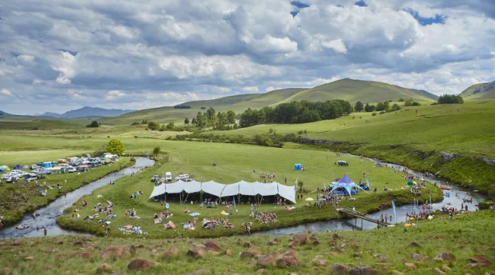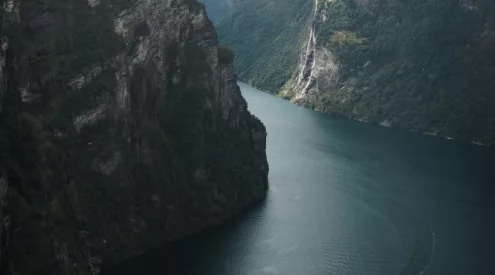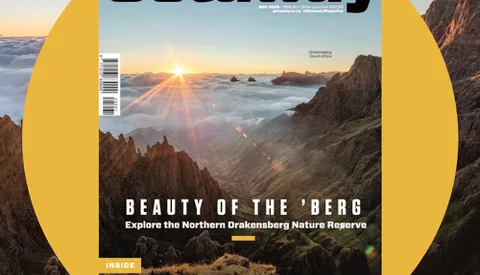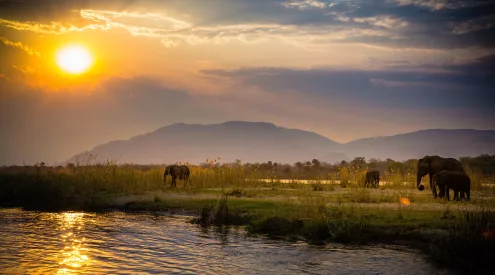Imagine stepping into a desert where whales once swam, or wandering a forest of stone blades so sharp they could slice the sky…
Our planet holds corners so strange, so breathtakingly unlikely, they feel like fragments of a dream. These UNESCO World Heritage Sites aren’t just postcard vistas—they’re Earth’s secret diaries – pages written in fossils, acid-carved caves, and mountains dipped in rainbows.
Let’s wander, in search of the most unusual UNESCO World Heritage sites…
ALSO READ: Unplugged: Screen-free destinations in South Africa
Wadi Al Hitan (Whale Valley) in Egypt
Our search takes us first to Wadi Al Hitan in the Sahara Desert in Egypt. It harbours 37-40-million-year-old fossils of ancient whales (archaeoceti), revealing their evolution from land to marine mammals. What is really special about these fossils is that their skeletons include both flippers and hind legs, meaning that these early whales lived before the loss of legs, as they evolved over millions of years. The fossil-strewn site, a UNESCO World Heritage Site since 2005, gives some jaw-dropping insight into Earth’s evolutionary history.

© UNESCO / Véronique Dauge
Tsingy de Bemaraha (Stone Forest) in Madagascar
Tsingy de Bemaraha National Park, our next stop in the search for unusual, is located in eastern Madagascar and feels otherworldly. A ‘forest of sharp stones’ stretches as high as 100 metres into the sky, sculpted by millennia of erosion. The cathedral-like spires drop into deep river gorges. When sunlight is cast upon the limestone peaks, the karstic rock appears to glow metallic, contrasted by a lush green forest inhabited by many rare and endangered species with highly restricted ranges, including lemurs, chameleons, and birds.
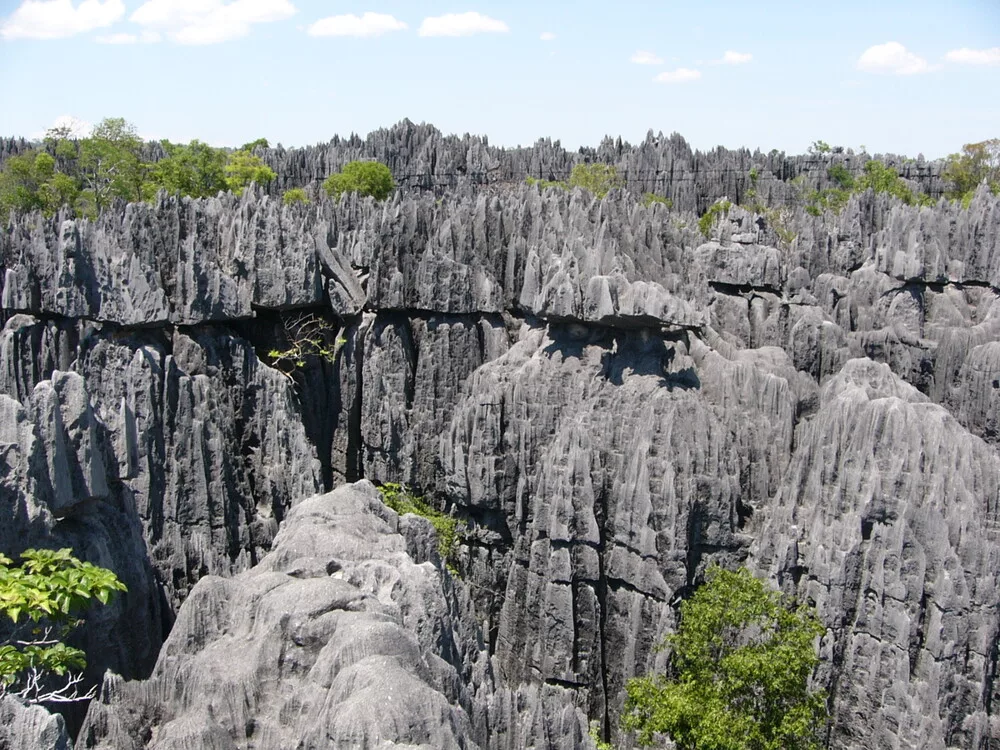
© UNESCO / Evergreen
China Danxia
China Danxia, in southwest China, is totally mesmerising with its dramatic sandstone landscape, deserving in its spot as one of the world’s most unusual spots with UNESCO status. It is home to towering peaks, very deep canyons, and sweeping cliffs that stand out in shades of red, orange, and green. Formed over 65 million years by erosion and tectonic shifts, it tells the story of Earth’s climatic and crustal evolution. One of its main attractions, interestingly enough, is the large red phallus stone pictured below.
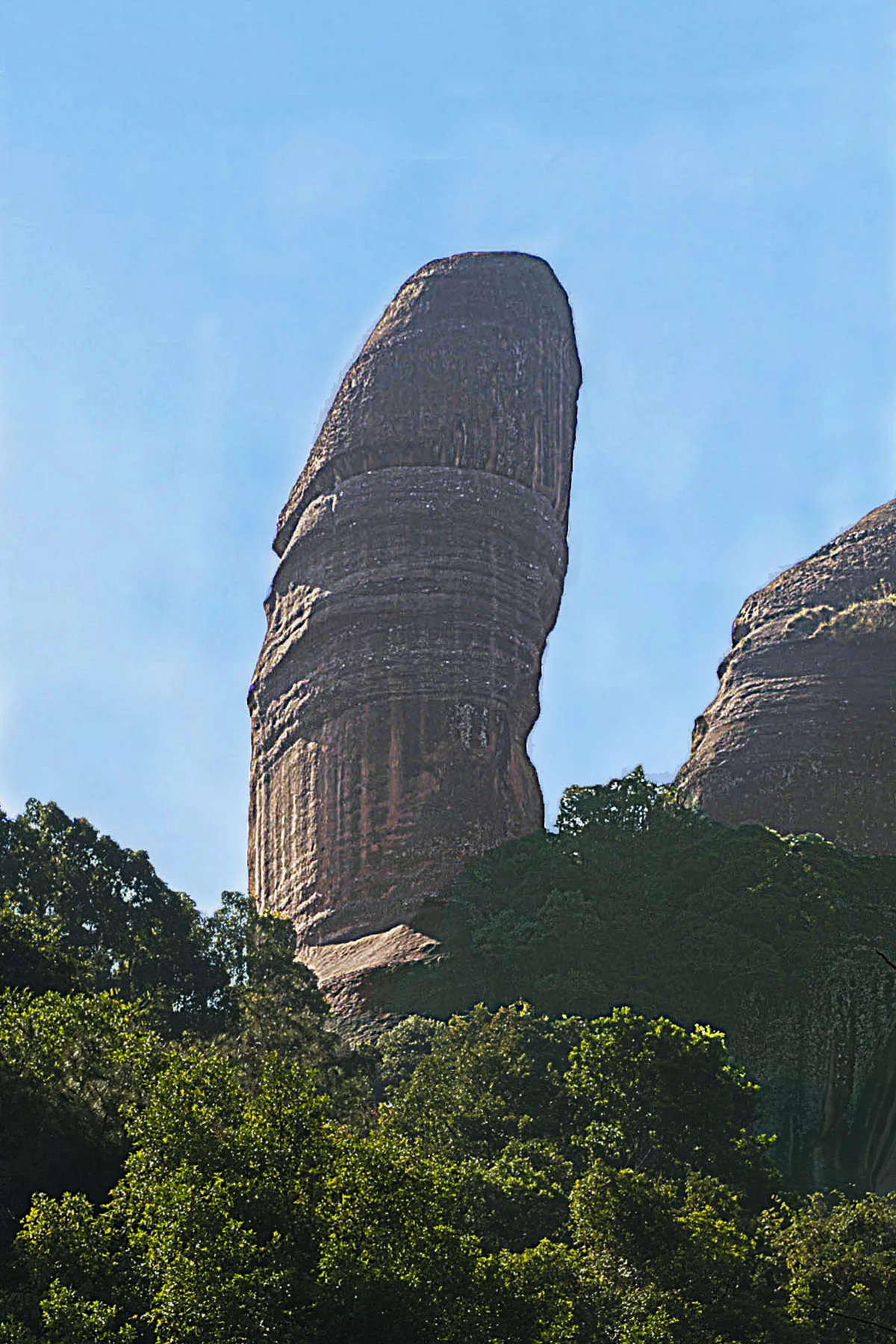
© Ko Hon Chiu Vincent
Dinosaur Provincial Park in Canada
Dinosaur Provincial Park in Canada, a UNESCO site (1979), is home to the world’s richest dinosaur fossil beds. Nestled at the heart of Alberta’s badlands, the site is known not only its beautiful landscape but also some of the most significant fossil discoveries ever unearthed from the ‘Age of Reptiles’. The findings reveal approximately 35 species of dinosaurs, dating back an astonishing 75 million years. Now that’s unusual.
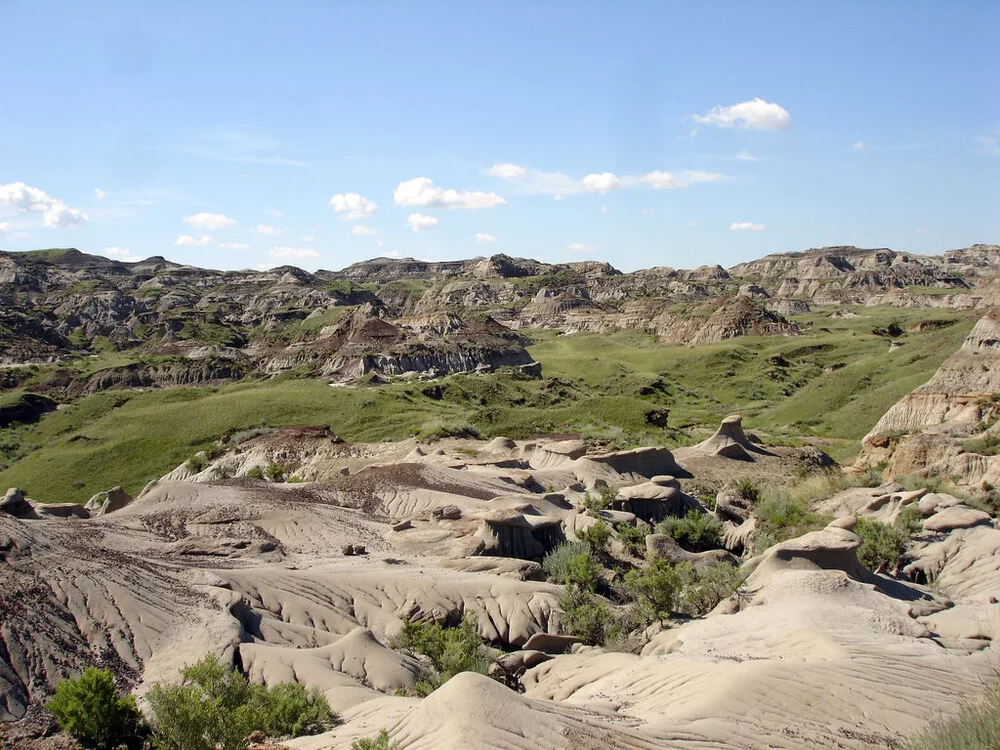
Carlsbad Caverns in New Mexico
Carlsbad Caverns in New Mexico, a UNESCO site since 1995, is famous for its subterranean realm, including the iconic Big Room—one of Earth’s largest cave chambers. Its labyrinthine cave passages drip with speleothems: stalactites, stalagmites, and rare helictites. Unusually, the limestone underworld was formed not by water but sulphuric acid dissolution, a rare geological process. Above ground, sunset sees thousands of bats spiralling skyward, a daily ecological spectacle.
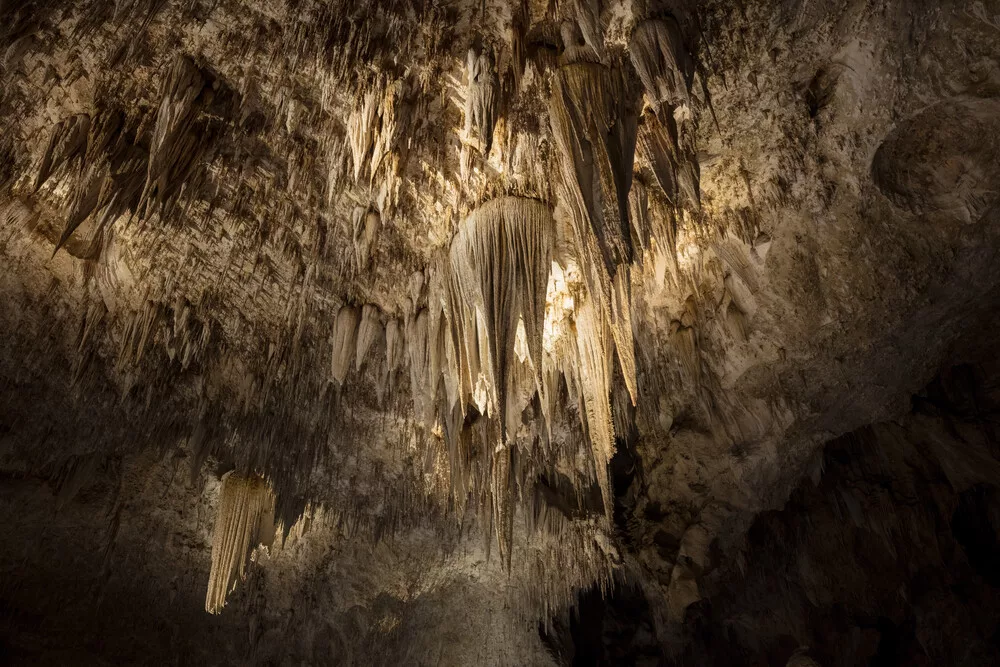
© OUR PLACE THE WORLD HERITAGE COLLECTION
Is there an unusual UNESCO World Heritage Site that we’ve missed? Let us know!
Follow us on social media for more travel news, inspiration, and guides. You can also tag us to be featured.
TikTok | Instagram | Facebook | Twitter
ALSO READ: Caving adventures: Exploring South Africa’s underground wonders


